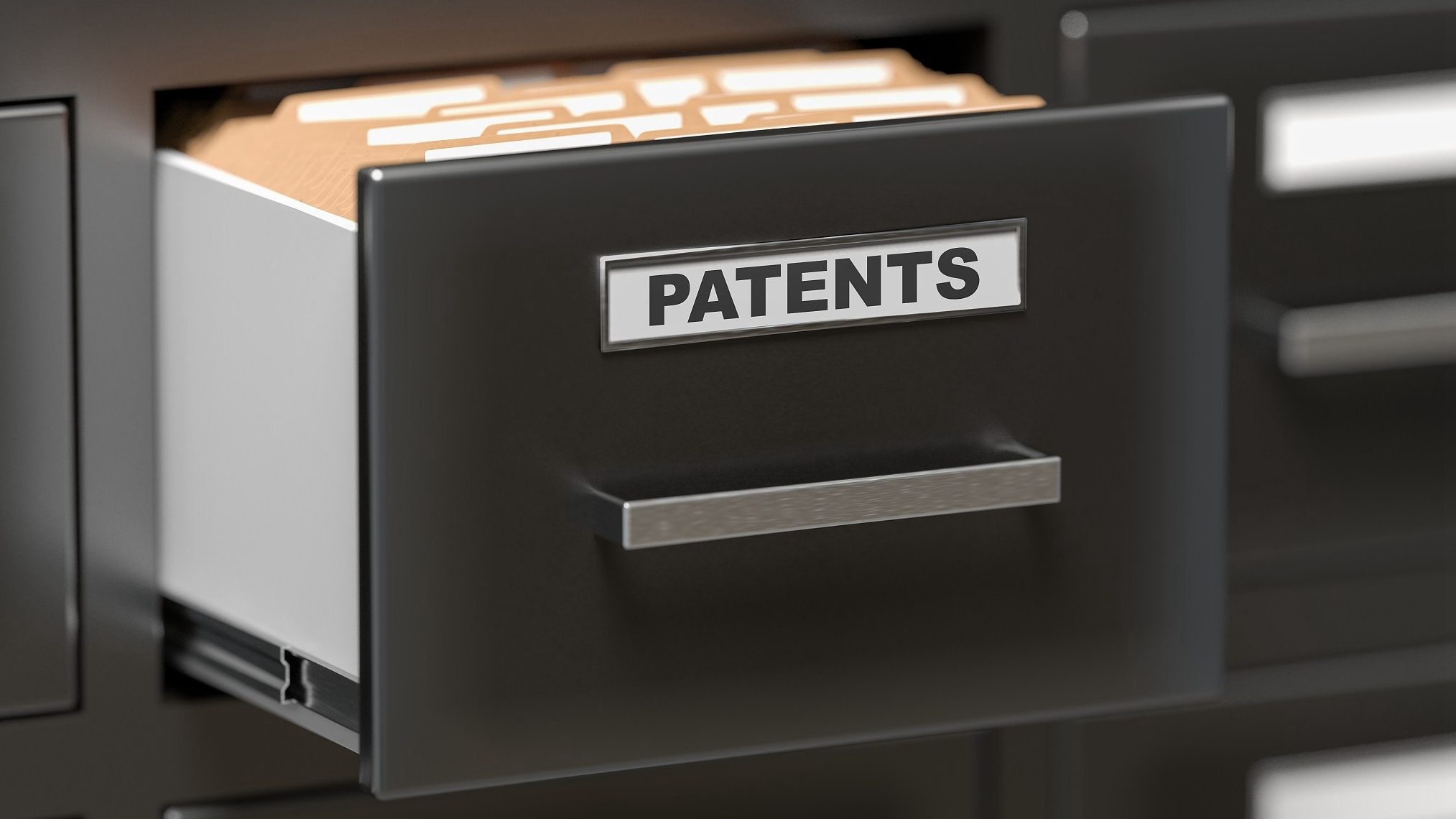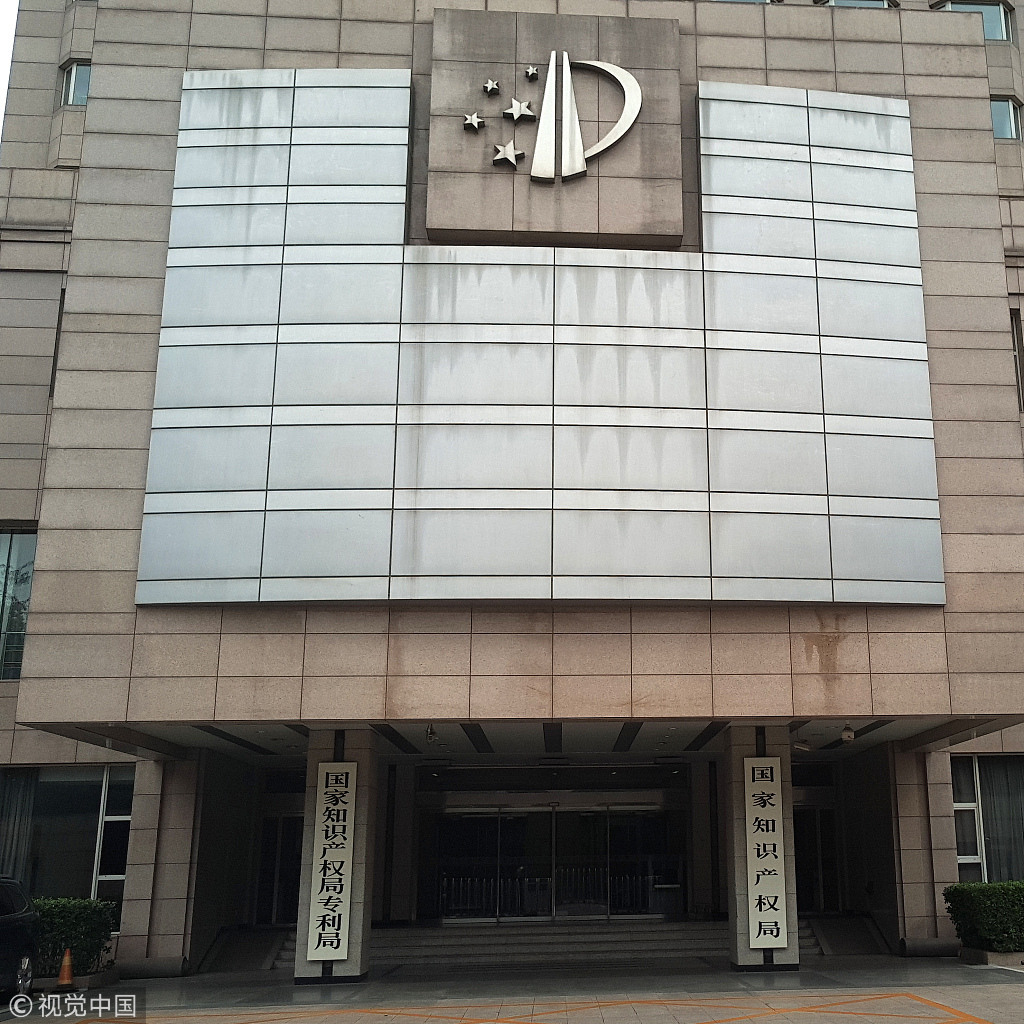
Opinion
21:38, 26-Jan-2019
Analysis: What does China Patent Survey Report 2018 tell us?
Updated
07:57, 27-Jan-2019
Zhang Nan

Editor's note: Dr. Zhang Nan is a researcher at the College of Comparative Law, China University of Political Science and Law. The article reflects the author's view and not necessarily those of CGTN.
The China National Intellectual Property Administration (CNIPA) recently released its 2018 China Patent Survey Report, which aims to assess the country's patent creativity, utilization, protection, and management.
The report also studies the role of the patent system in improving China's competitiveness and identifies problems in intellectual property protection in the country by analyzing the results of a range of questionnaires done with individuals, enterprises, universities and research institutions.
About one-fourth of the individual patent right holders who filled in the online questionnaire are women.

China's National Intellectual Property Administration, September 1, 2018. /VCG Photo
China's National Intellectual Property Administration, September 1, 2018. /VCG Photo
For individual respondents, personal savings constitute their biggest funding source for research and development (R&D) on their patents, with research grants being the second, and bank loans the third.
Regarding the expected patent income, 25.4 percent of the respondents expect the figure to be between 100,000 to 500,000 yuan, 22.1 percent expect it to be under 50,000 yuan while 21.8 percent expect it to be between 50,000 to 100,000 yuan. Only 6.9 percent of the respondents anticipate the income to be over five million yuan.
Furthermore, the report found more than half of the respondents are satisfied with administrative and judicial protection on patents, and 60.1 percent of those polled believe that better patent protection would encourage enterprises to raise their investment in R&D.
In terms of patent infringement, 10.6 percent of respondents saw their patents infringed in 2018. The report also found that micro-enterprises and small-and-medium-sized enterprises are more susceptible to patent infringements than their bigger counterparts.
Most interviewees would turn to lawyers as a response to infringement. Interacting and negotiating with infringers remain less popular options. 41.2 percent of micro-enterprises have done nothing in the face of infringement, according to the report.
Moreover, respondents think group infringement, repetitive infringement and online infringement in e-commerce are relatively serious, for which the maximum compensation is below five million yuan.
Only 3.1 percent of the enterprise patent right holders have received compensation of above five million yuan.
All in all, this report sums up how China's patent protection is improving and demonstrates that the compensation of patent infringement has been increasing. But as many micro-enterprises have no idea how to protect their patent right, patent protection still has enormous room for improvement.
(If you want to contribute and have specific expertise, please contact us at opinions@cgtn.com.)

SITEMAP
Copyright © 2018 CGTN. Beijing ICP prepared NO.16065310-3
Copyright © 2018 CGTN. Beijing ICP prepared NO.16065310-3